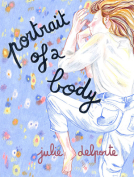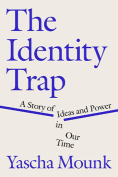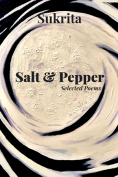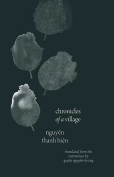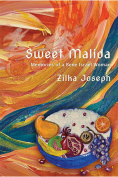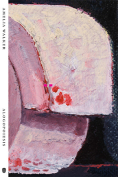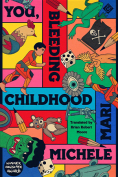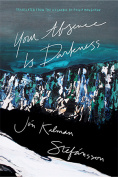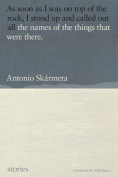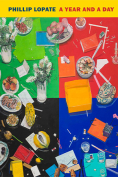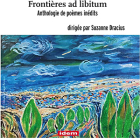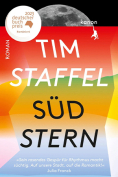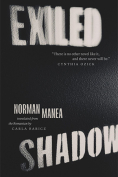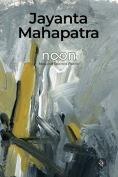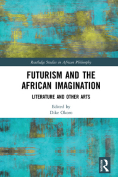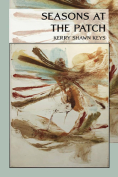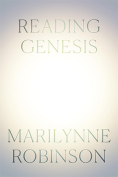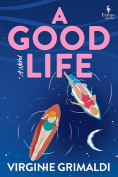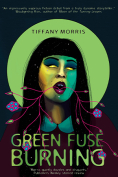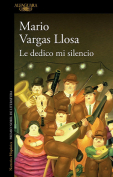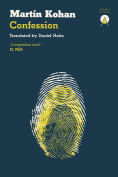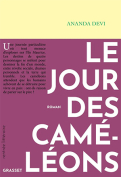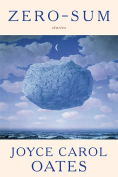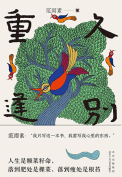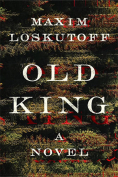A Year and a Day: An Experiment in Essays by Phillip Lopate
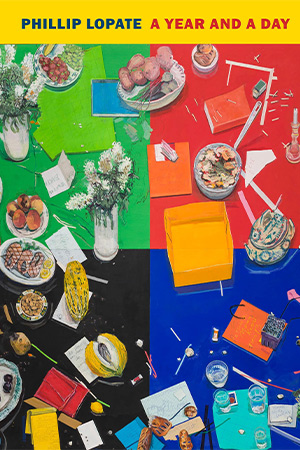 New York. New York Review Books. 2023. 216 pages.
New York. New York Review Books. 2023. 216 pages.
It would be easy to jump to the wrong conclusion about a book like this one, which is made up of a writer’s collected blogs. What’s written to be read online as a blog post is surely marked by a kind of electronic transience; it’s very much of the moment, designed for immediate consumption and forgetting, rather than the kind of permanence associated with books. Blogs are written off the cuff and appear onscreen unvetted by any external editorial process. They can react to events and comments with a speed not possible in print publication. Are blogs and books not of such different tempers and tempos as to make it unlikely that transposing one into the other will work?
Mark Charlton, a blogger who has recently published a selection of his online musings (Views from the Bike Shed, 2023), notes that “Somewhere in the 570 million blogs that are reported online, there is writing of real worth and impact.” Their huge number and frequent mediocrity can act to mask the fact that Charlton is drawing attention to here. Namely, that some blogs, far from being of the kind that Phillip Lopate dismisses as repositories of “random drivel,” contain work of literary merit and make perfectly good books. Think, for example of Nobel Prize winner José Saramago’s blog that became The Notebook (2010), or—in part inspired by reading Saramago—Ursula K. Le Guin’s blog, which led to No Time to Spare (2017).
Like Saramago and Le Guin, Phillip Lopate only started blogging in his senior years, as a well-established writer with an impressive track record of publications behind him. A Year and a Day began in 2016 when he was contracted by the American Scholar magazine to keep a weekly blog over the course of a year. These posts have now been collected in the present volume, as what his publishers call “an experiment to see how the form of the personal essay would respond to short deadlines, short wordcounts, and the competition of internet content.”
Lopate—an acknowledged master of the personal essay—addresses topics as varied as marrying a widow, his liking for big cities (though with a worry that some may now have grown too big), playing tennis, British women novelists, his relationship with his father-in-law, “Eros in the Classroom,” and popularity. There are also pieces about a visit to China, the death of friendship, his love of jazz, selling his papers to a library, and the election of Donald Trump.
It’s apt that Lopate quotes from the nineteenth-century Scottish essayist Alexander Smith, a writer whose easy fluency of style is not unlike his own. Smith’s views on writing about oneself “without taint of boastfulness” tie in nicely with the manner of Lopate’s self-reflections (at one point he says, “I have fulfilled a modest destiny modestly”). Although he makes no mention of what Smith says about the essay as a literary form being “moulded by some central mood,” I think this provides an excellent way of pinpointing the essential flavour of A Year and a Day. “Give the mood,” Smith writes, “and the essay, from the first sentence to the last, grows around it as a cocoon grows around a silkworm.”
What is the mood around which Lopate’s volume weaves its cocoon? If I had to sum it up in a single word, it would be “affable.” Reading these collected blogs, one has the sense of listening to a friendly, intelligent, relaxed individual talking amiably and entertainingly about a whole range of subjects, about which he often has a rare depth of knowledge and to which he brings his own unique perspective.
In the opening pages, Lopate talks about his liking for Sei Shōnagon’s The Pillow Book. “I still always fantasize doing a modern pillow book,” he writes. “This blog experiment is probably the closest I will ever get to it.” Lopate’s urbane twenty-first-century New York sophistication is far removed from the imperial court manners of tenth- and eleventh-century Japan, but the way he writes here is not too far removed from the zuihitsu style of Shōnagon. Of course there are differences—Lopate doesn’t share Shōnagon’s interest in the natural world, for example—but they are both acute observers, with gimlet though often humorous eyes, and a deft way of recounting anecdotes that makes for highly readable reflections.
Clearly, books shouldn’t be judged by their covers—but it’s always pleasing when cover and content are in harmony. Whoever came up with the idea of the cover for A Year and a Day—a detail from Manny Farber’s painting Earth, Fire, Air, Water—deserves credit. Not only is the image thematically appropriate to the book, with a rich bricolage of pictured objects that are suggestive of the miscellany of topics covered, but Farber, as an important figure in American film criticism, is an apt choice given Lopate’s own expertise in this area. Lopate edited American Movie Critics: An Anthology from the Silents until Now, and a collection of his own writings on film, Totally Tenderly Tragically, appeared in 1998 with the revealing subtitle “Essays and Criticism from a Lifelong Love Affair with the Movies.” In “Movie Dates,” one of several film-related blogs in A Year and a Day, Lopate describes himself as “a dedicated movie buff from my teenage years onward.” Manny Farber once said, “I have a great love of the actual.”
In these “blog entries, essays, sketches, whatever one chooses to call them,” Lopate—like Sei Shōnagon, Alexander Smith, Montaigne, and his other literary touchstones—shows how this is very much a love he shares.
Chris Arthur
St. Andrews, Scotland
